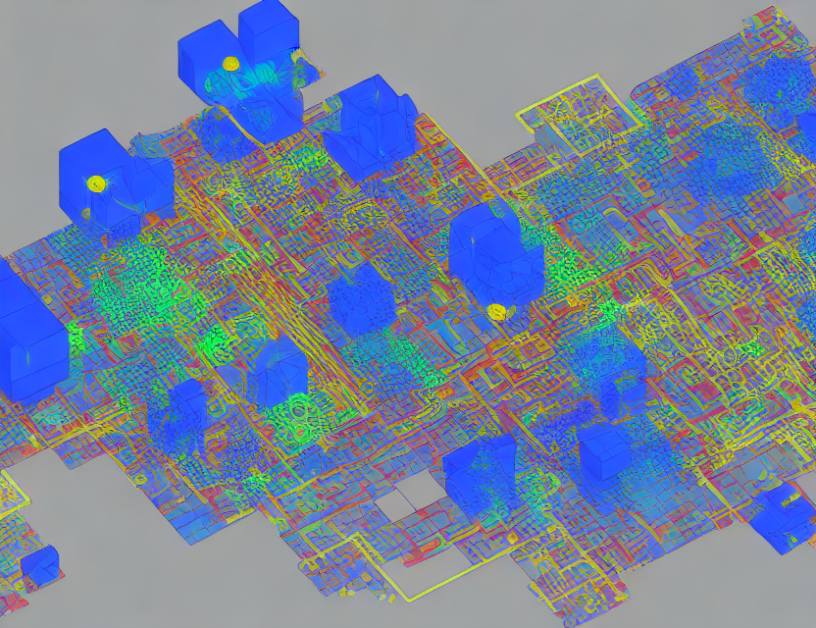In the world of microchip manufacturing, lithography plays a crucial role in creating the intricate patterns on semiconductors. However, as technology advances, the dimensions of these patterns keep shrinking, making it challenging for traditional optical lithography machinery to maintain accuracy and fidelity. This is where advanced computational lithography (ACL) comes into play. ACL utilizes machine learning (ML) algorithms to correct errors in the manufacturing process, thereby extending the lifespan of existing infrastructure with minimal modifications.
ACL addresses two primary challenges: traditional optical proximity correction (OPC) and full-chip scale issues. OPC involves correcting for errors caused by the proximity effect, where nearby features are affected by each other’s shape and size. ACL improves upon this by incorporating ML algorithms to learn the relationship between features and their corresponding corrections.
Full-chip scale issues arise when the chip is too large to be processed as a single image, requiring slicing and stitching back together after correction. Splitting the chip into smaller sections makes it challenging to maintain consistent patterns, but ACL tackles this by using techniques like generative adversarial networks (GANs) and image translation to ensure uniformity across all slices.
ACL has several advantages over traditional OPC methods, including faster runtime, improved accuracy, and reduced computational complexity. Additionally, ACL can be used in combination with existing optical lithography machinery, making it a practical solution for extending the lifespan of existing infrastructure without requiring significant investments in new hardware.
In summary, ACL is an innovative technology that leverages ML algorithms to improve the accuracy and efficiency of microchip manufacturing, enabling the extension of existing infrastructure with minimal modifications. By addressing the limitations of traditional OPC methods and overcoming full-chip scale issues, ACL has the potential to revolutionize the semiconductor industry.
Computer Science, Machine Learning
ML-RET: A Novel End-to-End Production-Ready Machine Learning Flow for Nanolithography Modeling and Correction



